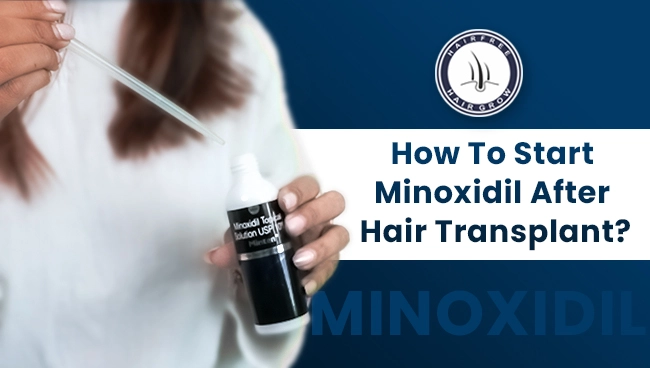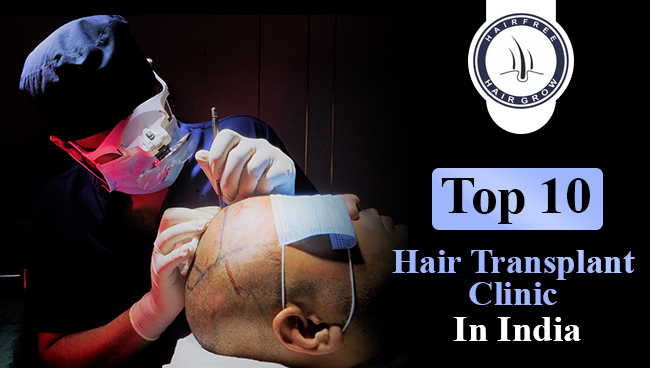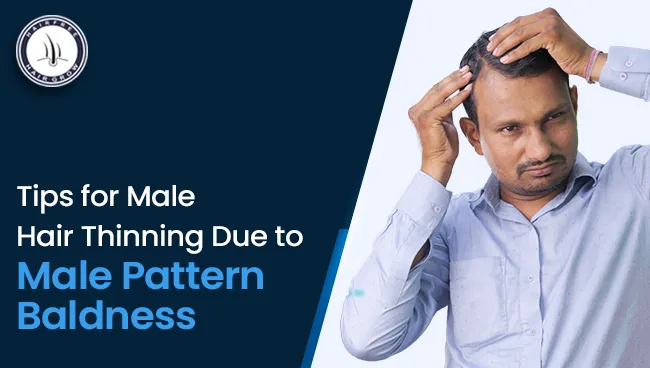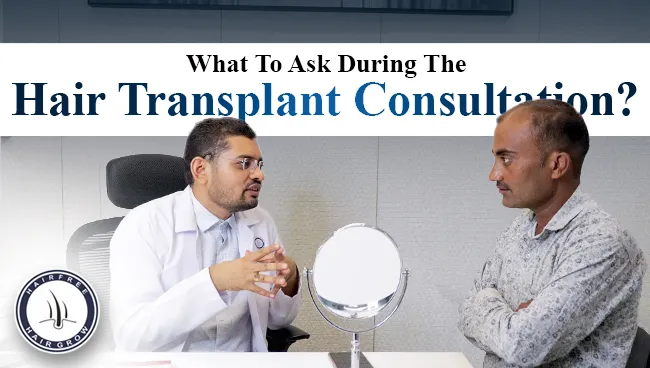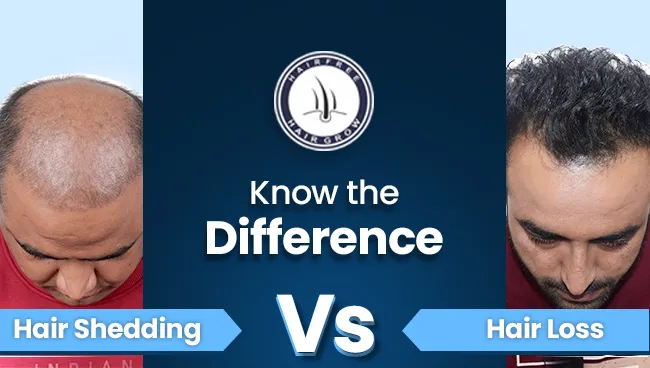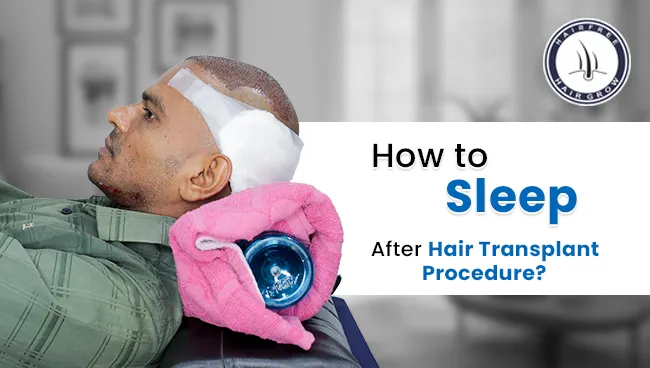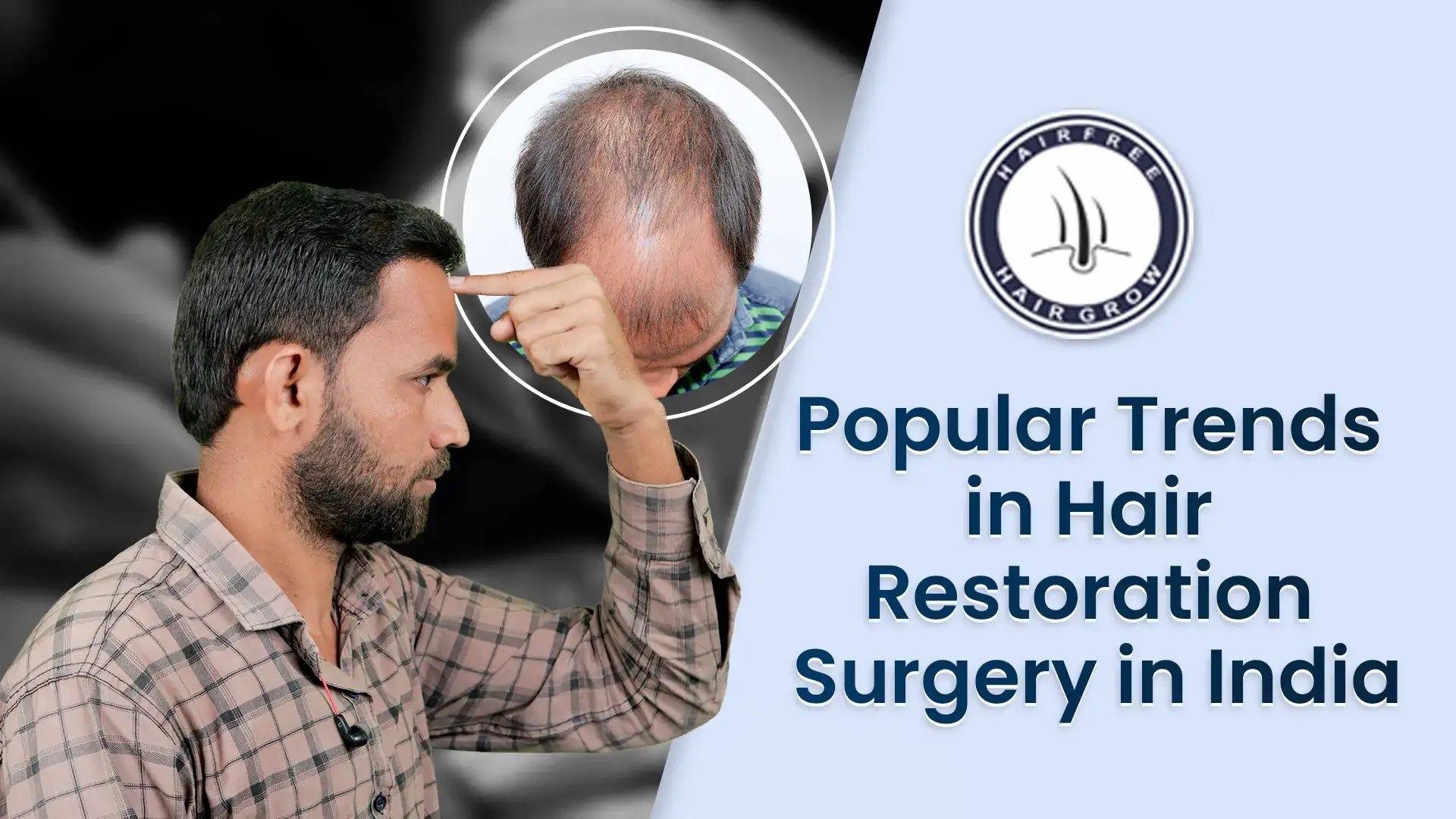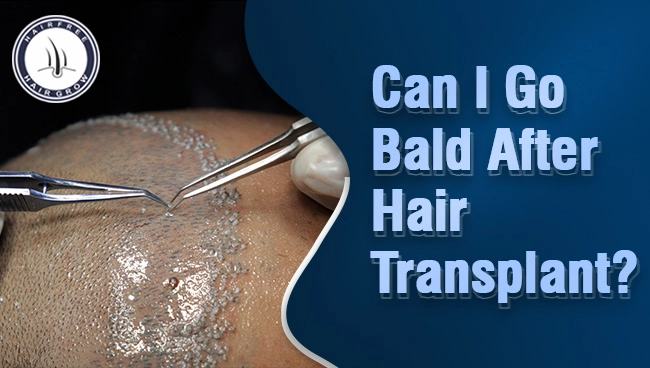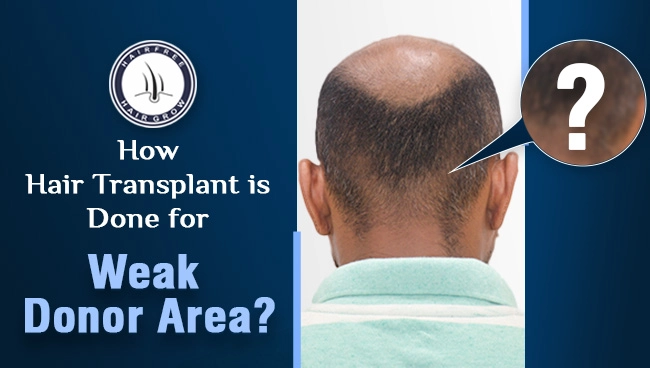Minoxidil is a medication that can be used by both men and women who are experiencing hair loss and are considering a hair transplant. It is effective in preventing further hair loss and can also help to maintain the results of a hair transplant for a longer period of time.
Minoxidil, also known as Regaine/ folliboost, is applied topically to the scalp to stimulate hair growth and prevent hair loss. Since a hair transplant is a permanent solution, it is important to take steps to prevent further hair loss in areas where a transplant has not been performed. This can help ensure that the hair’s overall appearance remains natural and consistent over time.
Using Minoxidil can help to thicken existing hair and prevent future hair loss. This is particularly important for individuals who have undergone a follicular unit extraction (FUE) hair transplant, as it can help to protect the transplanted hair and prevent additional hair loss in surrounding areas.
The Importance of Post-Transplant Care
After a hair transplant procedure, following a strict post-operative care routine is essential to ensure the best possible outcome. This includes avoiding strenuous physical activity, protecting the scalp from sunlight, and using prescribed medications as directed by your doctor. One medication that is commonly prescribed after a hair transplant procedure is minoxidil.
What is Minoxidil?
Minoxidil is a medication that is primarily used to treat hair loss in both men and women. Originally, it was developed as a medication to treat high blood pressure, but its unexpected side effect of promoting hair growth led to its development as a hair loss treatment.
Minoxidil works by widening blood vessels in the scalp, which increases blood flow to hair follicles and promotes hair growth. It also lengthens the growth phase of hair follicles, which can lead to thicker and longer hair.
Minoxidil is available in different forms, including a topical solution, foam, and oral tablet. The topical solution is applied directly to the scalp, while the foam is applied similarly to a hair styling product. The oral tablet form of minoxidil is less commonly used for hair loss treatment and is usually reserved for cases of severe hypertension.
While minoxidil is generally considered safe and effective, it can cause side effects such as scalp irritation, itching, and dryness. In rare cases, it can also lead to more serious side effects such as chest pain, rapid heartbeat, and difficulty breathing. It is important to talk to a healthcare provider before using minoxidil to determine the best form and dosage for individual needs.
Minoxidil After Hair Transplant: A Guide to Accelerate Regrowth and Reduce Hair Loss
If you’ve recently undergone a hair transplant surgery, you might wonder how to speed up the regrowth process and minimize the risk of post-transplant hair loss. One recommended solution by many surgeons is to use Minoxidil after the surgery. In this article, we’ll delve deeper into the advantages of using Minoxidil after a hair transplant procedure and everything you should know before using this medication.
Understanding Minoxidil and Its Role in Hair Growth
Minoxidil is an FDA-approved medication used to treat hair loss in both men and women. It was initially used to treat high blood pressure, but researchers discovered that it also promotes hair growth. Minoxidil is a vasodilator that increases blood flow to the hair follicles, stimulating hair growth and strengthening the hair shaft.
How Minoxidil Can Help After a Hair Transplant
After a hair transplant, the newly transplanted hair follicles need a healthy environment to grow and establish. Minoxidil can be an essential tool to help create that environment. Using Minoxidil after a hair transplant can help:
- Promote hair growth: Minoxidil’s vasodilating properties increase blood flow to the hair follicles, which helps to promote hair growth.
- Strengthen hair follicles: Minoxidil helps to strengthen hair follicles, preventing them from shedding or falling out.
- Prevent hair loss: Minoxidil helps to prolong the anagen (growth) phase of hair follicles, reducing the risk of hair loss after a hair transplant.
What You Should Know Before Using Minoxidil
Before using Minoxidil after your hair transplant surgery, there are a few things you should keep in mind:
- Consult your surgeon: Before using any medication after your hair transplant, it’s important to consult with your surgeon. They can advise you on the right dosage and whether Minoxidil is suitable for you.
- Side effects: Like any medication, Minoxidil may have side effects. Some of the common side effects include scalp irritation, itching, and dryness. If you experience any side effects, contact your surgeon or doctor immediately.
- Consistency is key: Minoxidil must be applied consistently to see results. Following your surgeon’s instructions and using the medication as directed is essential.
Enhancing Regrowth of Transplanted Hair with Minoxidil
Hair transplant surgeons utilize specific techniques to enhance hair regrowth after a hair transplant procedure. One post-surgery recommendation is to use Minoxidil (3% and 5%) to help hair grafts grow faster. Research has been conducted to prove this claim, and while Minoxidil is not a necessary element in the hair transplant process, it can speed up hair regrowth. More studies should be carried out to establish the effectiveness of Minoxidil after transplant surgery.
Another reason why many surgeons recommend Minoxidil after a hair transplant is its ability to reduce the risk of shock loss, especially in women. Shock loss is the shedding of non-transplanted hair and is common after hair transplant surgery. However, it is usually temporary, and hair will eventually grow back. The use of Minoxidil can prevent shock loss, reducing the amount of hair shedding that occurs.
Minoxidil, which is available in a topical solution, works by widening blood vessels in the scalp, allowing more oxygen, blood, and nutrients to reach hair follicles. This process stimulates hair growth and prevents hair loss by extending the anagen or growth phase of the hair cycle. It also shortens the telogen or resting phase of the hair cycle, ensuring that hair loss is minimized.
Controlling Expected Hair Loss with Minoxidil
While the primary reason for getting a hair transplant surgery is to restore lost hair, it’s important to note that further hair loss can still occur after the procedure. If you’re under 35 years old and have a family history of hair loss, there is a high chance you’ll experience hair loss. This is where Minoxidil comes in. By using Minoxidil continuously, you can stop further hair loss from occurring. However, it’s important to note that Minoxidil does not regrow new hair. Instead, it helps prevent further hair loss.
When to Start Using Minoxidil After Hair Transplant
After undergoing a hair transplant surgery, it is important to wait at least a week before starting to use minoxidil medication. This allows the newly transplanted hair grafts to settle in and avoid any external factors that may interfere with the healing process.
Your hair transplant surgeon will advise you on the appropriate time to start using minoxidil and how long you should use it, depending on whether you want to prevent further hair loss or enhance regrowth. If you are using minoxidil for hair loss prevention, you may need to use it for an extended period of time, while regrowth may require a minimum of four months of use.
Frequently Asked Questions
Is Minoxidil Safe to Use?
Minoxidil is a hair loss medication treatment approved by the US FDA and Health Canada for both men and women. The two versions of this drug include 2% and 5% topical solutions. While Minoxidil is generally considered safe, patients need to be cautious when using it. It is essential to follow the instructions carefully, including the recommended dosage, application, and frequency of use. If you experience any side effects, such as scalp irritation or dizziness, you should stop using it and seek medical advice.
Does Minoxidil Help to Regrow Hair?
Minoxidil is the only hair loss medication that is FDA-approved and clinically proven to help regrow hair. If you are experiencing hair loss, using Minoxidil may prevent further hair loss and stimulate hair regrowth. It works by widening the blood vessels in the scalp, allowing more oxygen, blood, and nutrients to reach the hair follicles. This improved blood flow promotes hair growth and strengthens existing hair.
Does Minoxidil Affect the Kidney?
Long-term use of Minoxidil can affect the heart and arteries, causing damage to blood, brain vessels, kidneys, and the heart. In rare cases, it may lead to kidney failure, stroke, or heart failure. However, the risk of adverse effects is minimal when used as directed and under medical supervision.
What Happens if You Use Too Much Minoxidil?
Using high concentrations of Minoxidil can cause side effects such as chest pains, face flushing, headaches, and fainting. It is crucial to use Minoxidil as directed and not exceed the recommended dosage. If you experience any adverse effects, you should stop using it and seek medical advice.
How Long Should You Use Minoxidil?
You can start using Minoxidil as soon as you have had a hair transplant surgery, as it begins working immediately. However, it may take up to six months to see noticeable results, and full hair transplant results may take longer. To maintain the benefits of Minoxidil, you need to use it continuously, or you may experience a return of hair loss.
Written By
MBBS, DNB
Dr Preeti is leading hair implantation surgeon at hairfree hairgrow clinic. She has delivered exceptional results in post transplant care with minoxidil to many of our patients.
Disclaimer
We’ve made all possible efforts to ensure that the information provided here is accurate, up-to-date and complete, however, it should not be treated as a substitute for professional medical advice, diagnosis or treatment. See Detailed Disclaimers Here.

